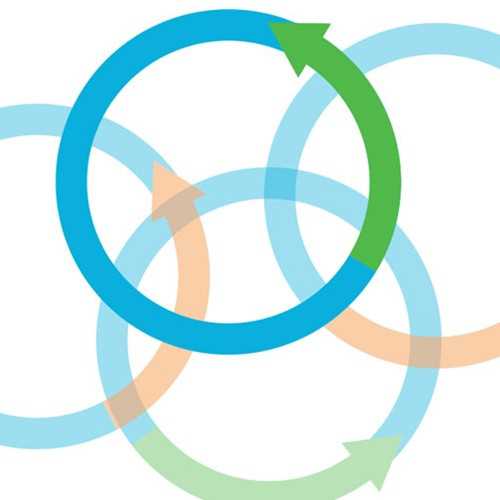GAD65 (Syn1) pFSW67 Lentivirus Plasmid
Lentivirus construct encoding human glutamic acid decarboxylase 65 kDa isoform (GAD65, GAD2) driven by Synapsin (Syn1) promoter.
Glutamate decarboxylase or glutamic acid decarboxylase (GAD) is an enzyme identified as a major autoantigen in insulin-dependent diabetes. It is expressed in the brain as well as the insulin-producing β-cells of the pancreas. Its role is to catalyze the decarboxylation of glutamate to gamma-aminobutyric acid (GABA) and carbon dioxide (CO2). There are two isoforms of GAD that are present in mammals: GAD67 and GAD65. These are encoded by two genes, GAD1 and GAD2, respectively, located on different chromosomes (chromosomes 2 and 10 in humans). GAD2 may play a role in the stiff man syndrome, as well as other areas of pathology (such as autism, Parkinson's disease, schizophrenia and bipolar disorders, cerebellar disorders and more).
From the laboratory of Soham Chanda, PhD, Colorado State University.
Lentivirus construct encoding human glutamic acid decarboxylase 65 kDa isoform (GAD65, GAD2) driven by Synapsin (Syn1) promoter.
Glutamate decarboxylase or glutamic acid decarboxylase (GAD) is an enzyme identified as a major autoantigen in insulin-dependent diabetes. It is expressed in the brain as well as the insulin-producing β-cells of the pancreas. Its role is to catalyze the decarboxylation of glutamate to gamma-aminobutyric acid (GABA) and carbon dioxide (CO2). There are two isoforms of GAD that are present in mammals: GAD67 and GAD65. These are encoded by two genes, GAD1 and GAD2, respectively, located on different chromosomes (chromosomes 2 and 10 in humans). GAD2 may play a role in the stiff man syndrome, as well as other areas of pathology (such as autism, Parkinson's disease, schizophrenia and bipolar disorders, cerebellar disorders and more).
From the laboratory of Soham Chanda, PhD, Colorado State University.
| Product Type: | Plasmid |
| Name: | GAD65 (Syn1) pFSW67 Lentivirus Plasmid |
| Gene/insert name: | GAD65, GAD2 |
| Accession ID: | Q05329 |
| Organism: | Human |
| Antibiotic Resistance: | Ampicillin |
| Fusion Tag(s): | None |
| Grow in E. coli at 37 C: | Yes |
| Selectable markers: | None |
| Cloning Site 5': | XbaI |
| Cloning Site 3': | AscI |
| Insert Size: | 1758 bp |
| Vector Backbone and Size: | pFSW67, 8377 bp |
| High or low copy: | High |
| Promoter: | Driven by Synapsin (Syn1) promoter |
| Storage: | -20C |
| Shipped: | Room temperature |
- Burlingham SR, Wong NF, Peterkin L, Lubow L, Dos Santos Passos C, Benner O, Ghebrial M, Cast TP, Xu-Friedman MA, Südhof TC, Chanda S. Induction of synapse formation by de novo neurotransmitter synthesis. Nat Commun. 2022 Jun 1;13(1):3060. doi: 10.1038/s41467-022-30756-z. PMID: 35650274; PMCID: PMC9160008.
If you publish research with this product, please let us know so we can cite your paper.


